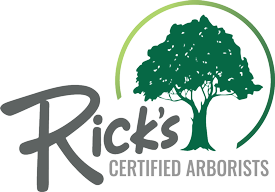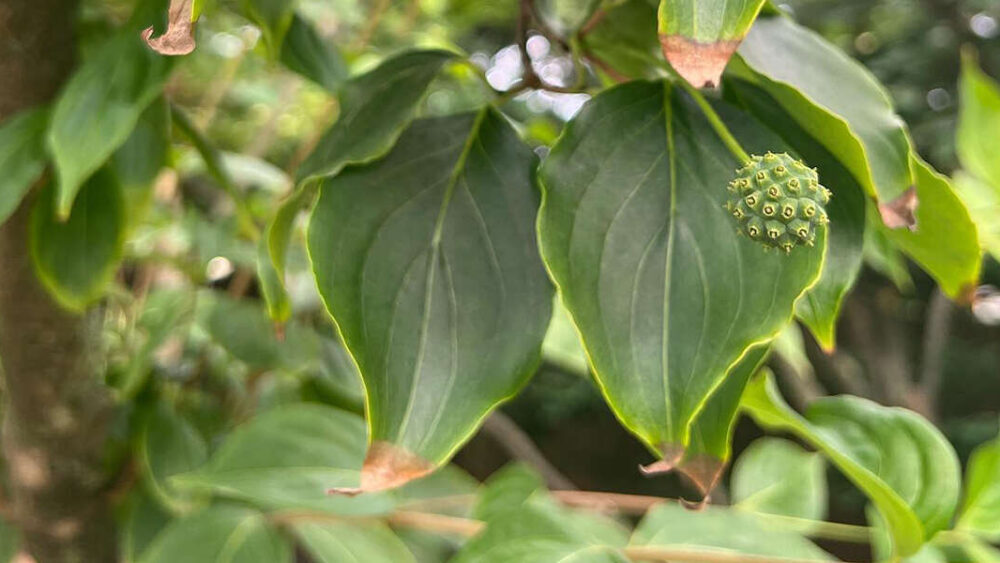The eastern tent caterpillar is the larval stage of a moth in the Lasiocampidae family. The adult brown moth has a generic furry appearance and feathery antennae. But it also has two prominent, light-colored stripes running across its forewing.
While the adults don’t harm their host trees, the caterpillar will eat a substantial percentage of its leaves, making a case for proper infestation management. In this post, the seasoned residential tree care and inspection experts from Rick’s PHC Certified Arborists discuss how to identify this pest species and manage them to save your trees.
More About the Eastern Tent Caterpillar
- Young caterpillars: black body with two barely distinguishable yellow stripes down the back.
- Older caterpillars: a thick white stripe running down their backs between the yellow ones and hairs on the side of their bodies.
Controlling the eastern tent caterpillar on your trees starts with prevention, which requires an in-depth understanding of the moth and caterpillar life cycle. For example, once eastern tent caterpillars hatch in spring, they collectively build their trademark caterpillar web tents. These nests protect them from predators and typically sit in the branch fork and crotches of the host tree.
Adult female moths lay eggs on the small branches of host plants in the summer. These eggs overwinter on the branches, hatching the following spring. When the caterpillars emerge, they begin spinning their tents as they eat foliage (usually in mid-spring).
Then, once caterpillars mature, they crawl to the ground and make cocoons for shelter during the pupation phase. Adult moths emerge in a couple of weeks to mate, lay eggs, and complete the cycle.
Caterpillar Feeding Damage
The caterpillars occasionally feed on various deciduous trees and shrubs, but they prefer trees in the rose family, such as:
- Apple
- Peach
- Cherry
- Crabapple
- Plum
- Hawthorn
While a small infestation of the tent caterpillars will have a minor impact on a large, healthy tree, younger or stressed trees may suffer severe damage.
How To Control Eastern Tent Caterpillars
Getting rid of an active eastern tent caterpillar infestation is easy with several options on offer, including the following:
Remove Tents Manually
Wear work gloves, remove the tents and caterpillars by hand, and put them in a bag to dispose of them after squishing.
Remove Eggs Manually
Watch for eggs on branches earlier in the season. Remove them by hand or prune affected branches.
Apply a Pesticide
Apply a pesticide during the early stages of the pest’s life cycle before they grow bigger, stronger, and more resistant to pesticides.
Attract Predators
Foster an environment friendly to eastern tent caterpillar predators such as cardinals, robins, and blue jays.
Contact Your Local Tree Experts
Are you looking for certified arborists that are deeply rooted in exceptional tree care? Rick’s PHC Certified Arborists’ dedicated team focuses solely on the health and wellness of trees and shrubs. We offer various tree wellness and insect and disease control services, such as:
- Residential tree care
- Deep root feeding
- Soil and trunk injections
- Growth regulation
Call Rick’s PHC Certified Arborists at (610) 840-2655 for more information on managing eastern tent caterpillar infestations and other insect disease control measures for thriving trees!


Comments are closed.